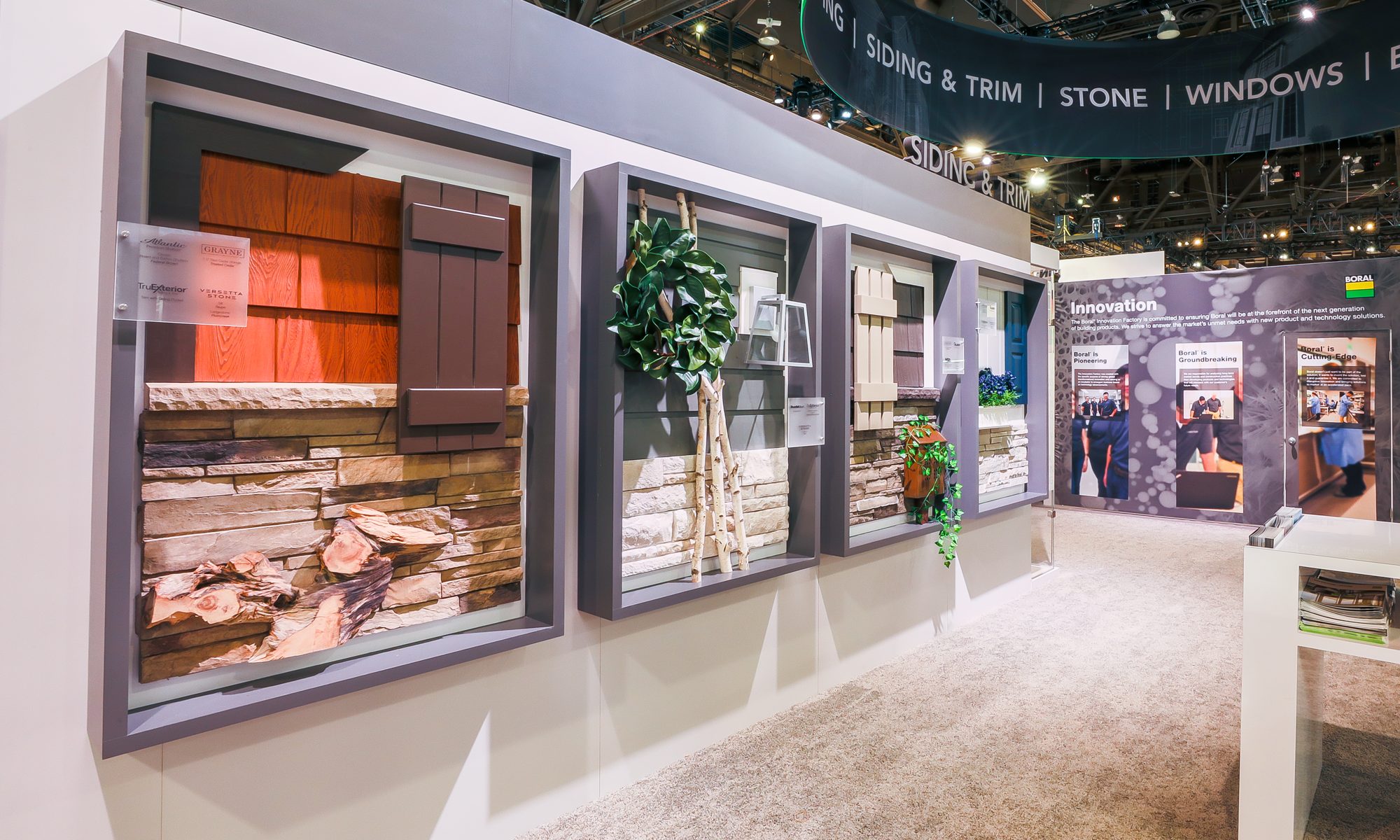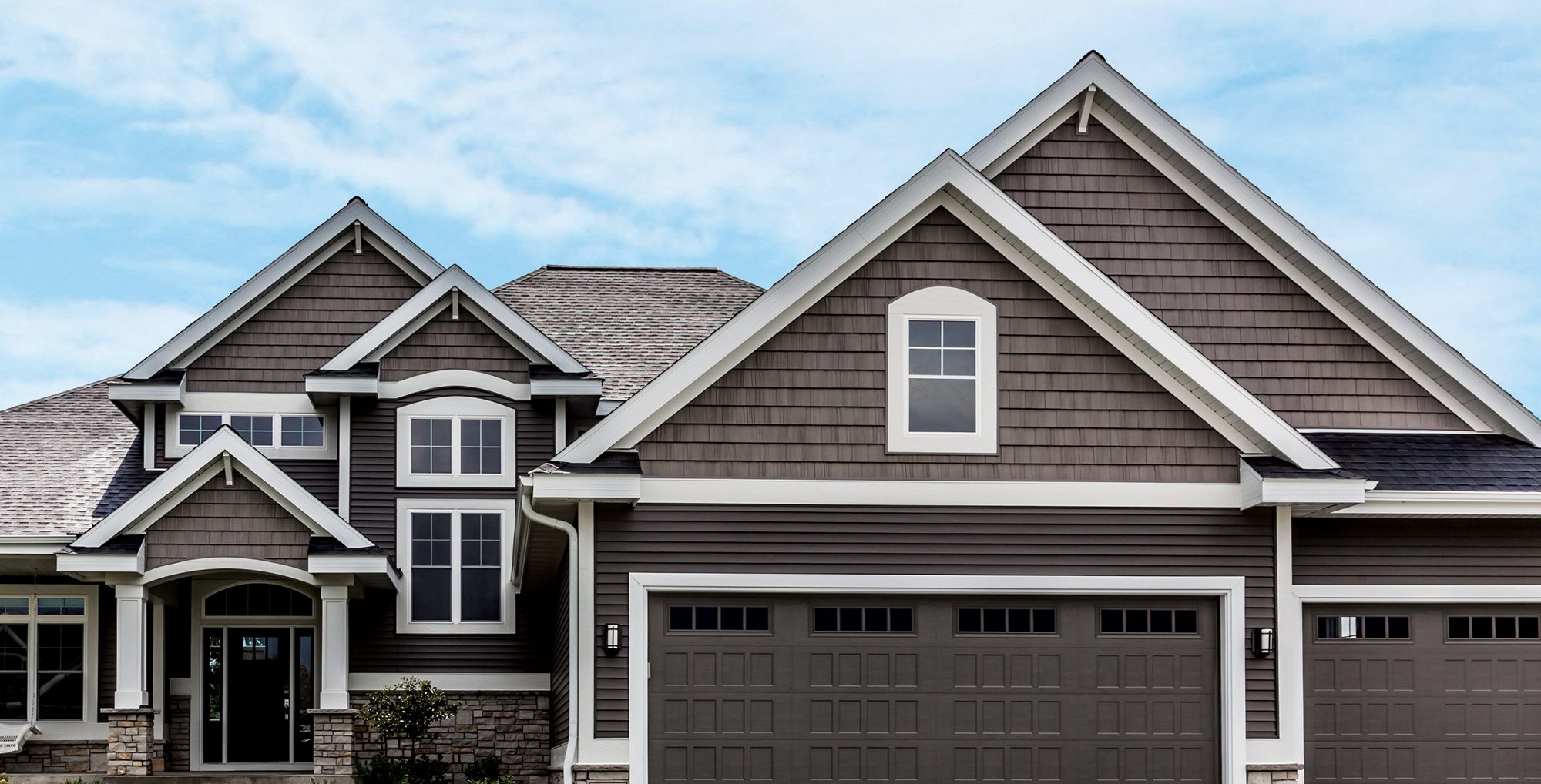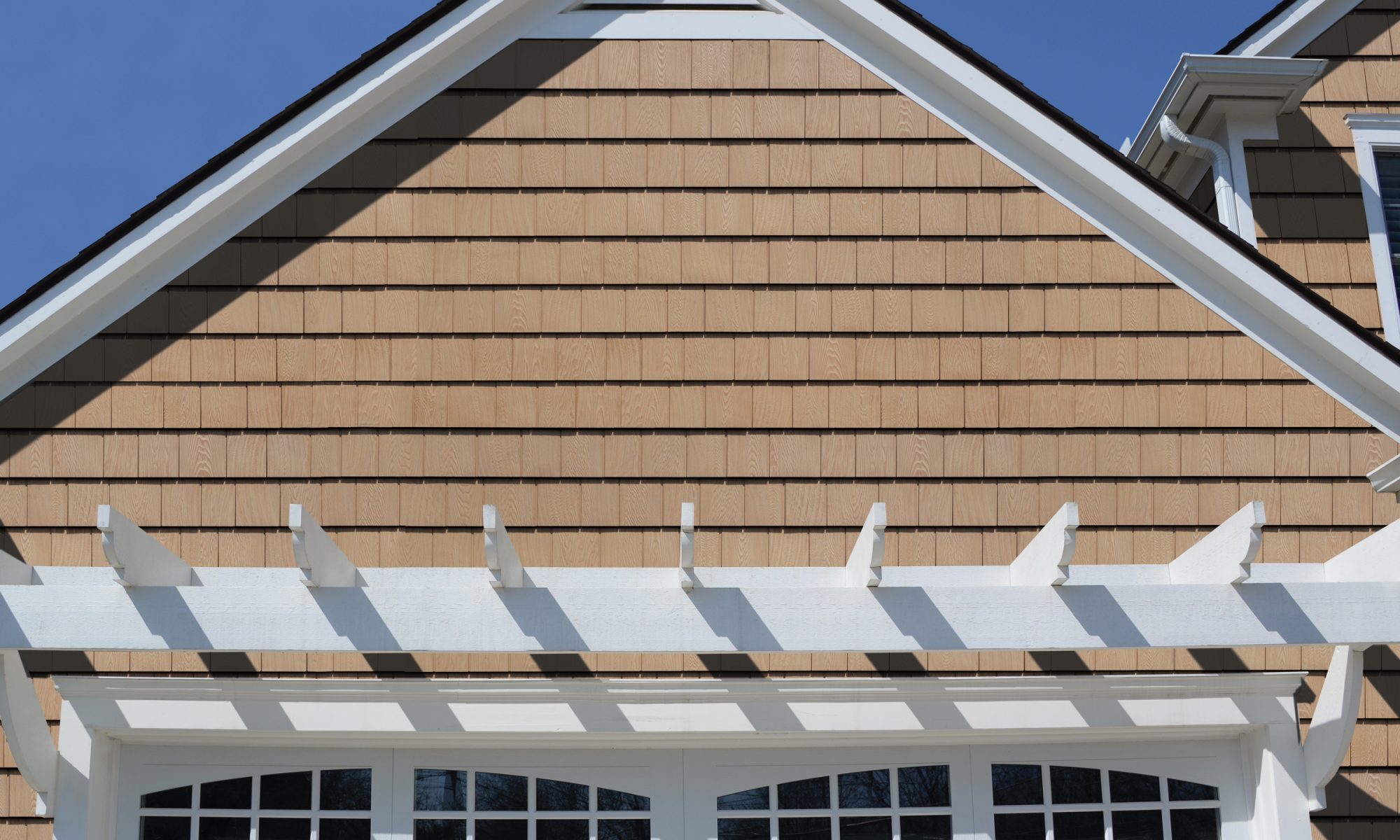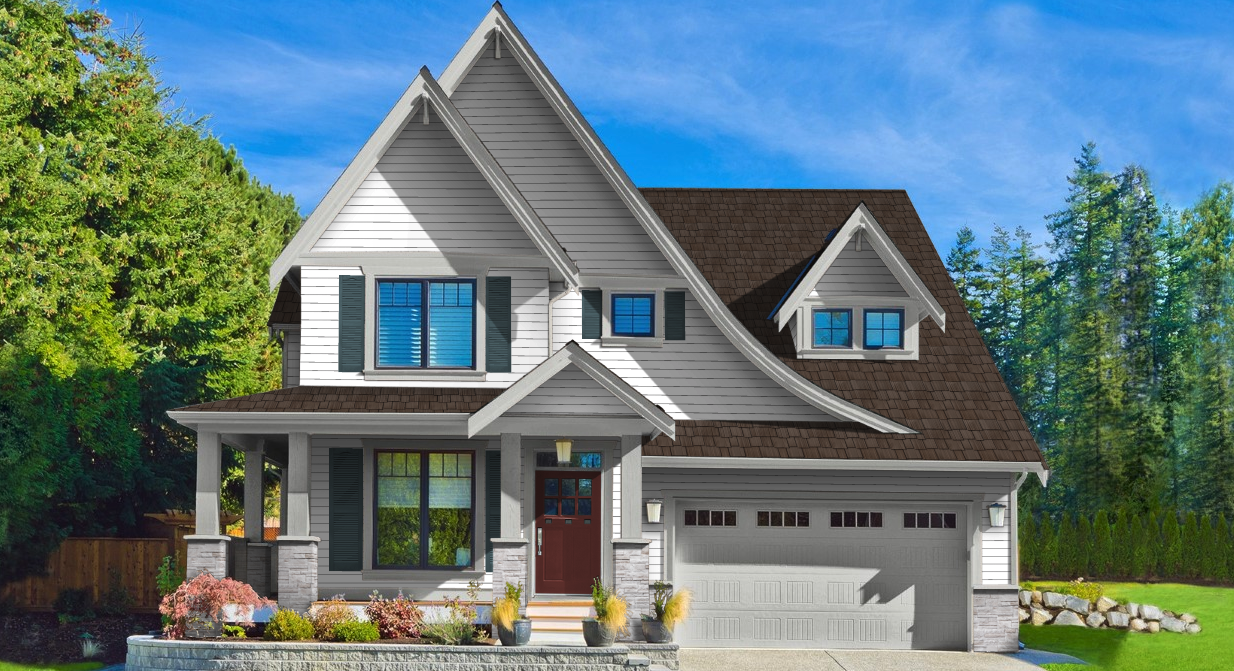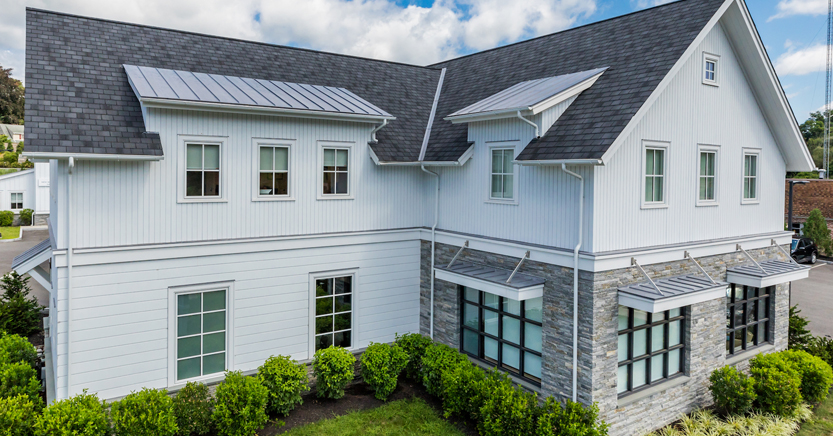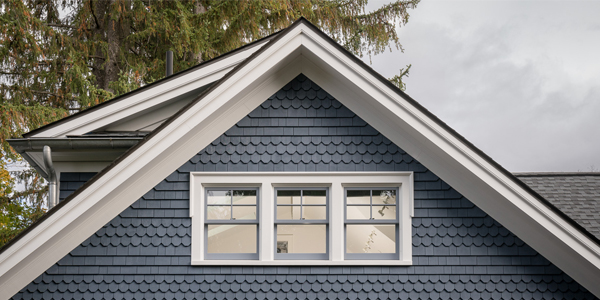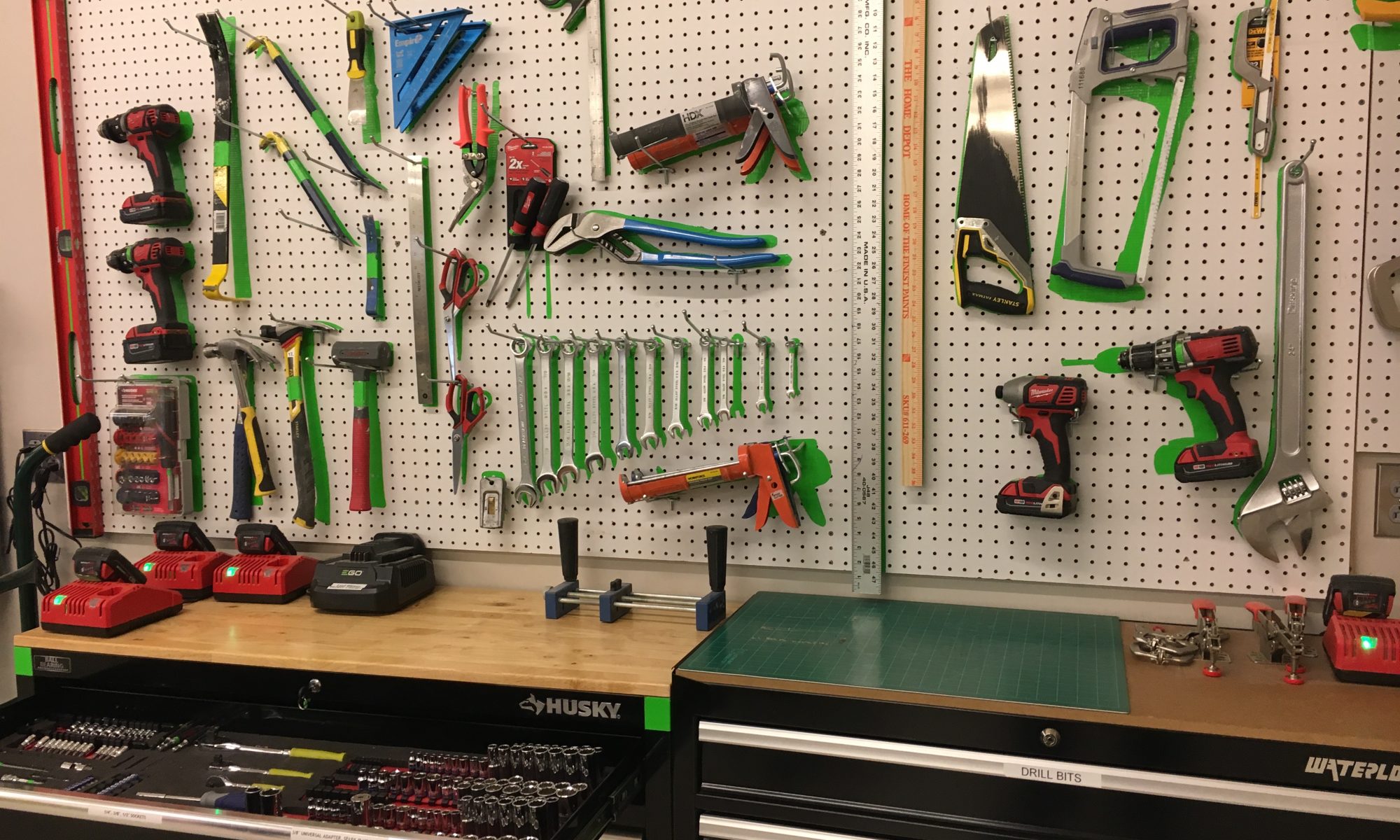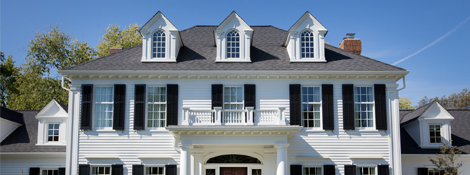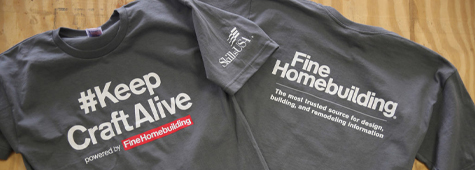The 2020 International Builders’ Show (IBS) is right around the corner, being held in Las Vegas Jan. 21-23. Check out our must-dos as you prep your schedule.
Get Educated
As usual, the IBS conference is packed with helpful sessions, from trends and design predictions to small business strategies. Here are a few that caught our eye:
• “Missing Middle Housing: The Perfect Bridge to the Missing Millennial & More”
Tues., Jan. 21, 9:15-10:15 a.m.
• “Growing Your Remodeling Business: Smashing the Barriers to Increased Profits”Tues., Jan 21, 11:00 a.m. – noon
• “Appealing to the Next Generations: Current Patterns, Behaviors & Preferences of Gen Z & Millennials”
Tues., Jan. 21, 12:45-1:45 p.m.
• “Timeless to Trendy: What’s Next in Curb Appeal & Elevations”
Tues., Jan. 21, 12:45-1:45 p.m.
• “Attainability: Design Strategies to Keep Costs Down & Meet Consumer Demand”
Weds., Jan. 22, 1:45-2:45 p.m.
• “Home Trends, Buyer Preferences & Must-Have Features for 2020”
Thurs., Jan. 23, 8:30-9:30 a.m.
• “From Swinging the Hammer to Running a Business: Strategies for Taking Your Remodeling Company to the Next Level”
Thurs., Jan. 23, noon-1:00 p.m.
See Hot Trends
In addition to browsing the 2020 International Builders’ Show exhibit floor and attending knowledge sessions, one of the best ways to see what’s hot in home design are the handful of show houses on and off site. This year, these include:
• The New American Home: Always an attendee favorite, this year’s New American Home is located in the Ascaya community in Henderson, Nev. Designed to be a tranquil sanctuary, the home boasts a modern aesthetic, with clean lines, minimal décor, abundant light, and flat rooflines against a mountainous desert backdrop. See a sneak preview here. Sign up for a tour on site at the convention center.
• The New American Remodel: The New American Remodel has transformed a 2,170-square-foot, one-level 1977 home into a 7,523-square-foot two-story masterpiece showcasing innovation, exceptional design, and net-zero construction. Click here for a preview. Sign up for a tour on site at the convention center.
• Show Village: Located in the parking lot outside the Las Vegas Convention Center, this year’s Professional Builder Show Village will comprise four innovative modular homes addressing the issues of affordability, lifestyle sustainability, and labor. Catch a sneak peek here.
• 55+ Housing Community Tour: Take a tour of two of Las Vegas’ up-and-coming 55+ communities, visiting models, sales centers, and community amenities. Click here for details and registration/tickets.
• Builder Chowa Concept Home: This show house “brings together Japan-based Sekisui House and its wholly owned home building company, Woodside Homes, to introduce technologies, best practices, and a new approach to improving society through housing to the U.S.,” says Builder magazine. “This house will engage with a growing preference for homes that support health and well-being, highlighting the balance between indoor living and outdoor life, between technology and privacy, between comfort and simplicity, and between themselves and their community and the natural environment.” Click here for more information.
See What’s New From Boral Building Products
There’s lots to see at our booth, C4519, this year!
• Check out TruExterior Siding’s new reversible Shiplap/Nickel Gap profile
• See new colors of Foundry’s Grayne shingle siding
• Experience the Versetta Stone wall featuring our dramatic new Northern Ash and new accessory colors
• See new accessories for Tapco Tools’ professional brakes
• Watch installation demonstrations by trim wizard Mike Sloggatt
Plus, get inspired by exterior vignettes and displays comprising new and classic products from multiple Boral Building Products brands.
Click here to get your free pass.
See you at the show!
















